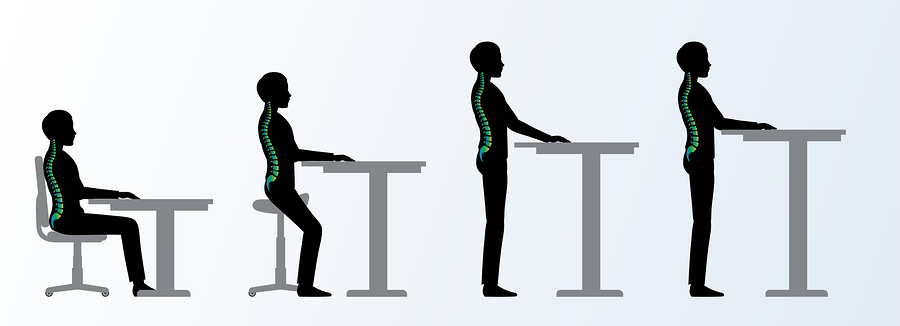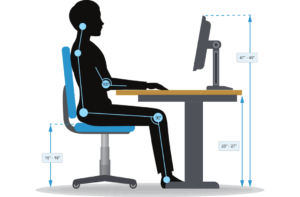History of Ergonomics: From Origins to the Present
Ergonomics, the science of designing environments and products to fit the people who use them, has a rich and fascinating history that spans centuries. From its humble beginnings in ancient civilizations to its modern-day applications in technology and industry, the evolution of ergonomics reflects humanity’s ongoing quest to optimize efficiency, comfort, and safety in the workplace and beyond. In this article, we’ll explore the history of ergonomics, from its origins to the present day, and examine how it has shaped the world we live in.
1. Ancient Origins
While the term “ergonomics” itself is relatively modern, the principles of ergonomic design can be traced back to ancient civilizations. In ancient Egypt, for example, workers used ergonomic tools such as levers, pulleys, and ramps to construct monumental structures such as the pyramids with greater ease and efficiency. Similarly, ancient Greeks and Romans developed ergonomic principles for designing tools, furniture, and architectural spaces to enhance comfort and functionality.
2. Industrial Revolution

The Industrial Revolution of the 18th and 19th centuries marked a significant turning point in the history of ergonomics. As mechanized production methods replaced manual labor, concerns about worker safety, efficiency, and well-being became increasingly prominent. Early pioneers of ergonomics, such as Frederick Winslow Taylor and Frank and Lillian Gilbreth, conducted studies and experiments to optimize workplace design, task allocation, and workflow to improve productivity and reduce injuries.
3. World War II
The outbreak of World War II further accelerated the development of ergonomics as a scientific discipline. Military researchers studying human factors in aviation and warfare made significant advancements in understanding human capabilities and limitations, leading to innovations in cockpit design, aircraft controls, and military equipment. The wartime efforts laid the groundwork for the emergence of ergonomics as a distinct field of study and practice.
4. Post-War Expansion
After World War II, the field of ergonomics experienced rapid growth and expansion as industries sought to improve worker productivity, safety, and comfort in the post-war economic boom. Ergonomics professionals, including engineers, psychologists, and physiologists, applied scientific methods and principles to analyze workplace environments, equipment, and tasks and develop ergonomic solutions to optimize human performance.
5. Integration of Ergonomics in Technology
In the latter half of the 20th century, ergonomics became increasingly integrated into the design and development of technology and consumer products. With the rise of computers, automation, and digital interfaces, ergonomic principles were applied to the design of keyboards, mice, displays, and software interfaces to enhance usability, efficiency, and user experience. Human-computer interaction (HCI) emerged as a sub-discipline of ergonomics, focusing on the design of interactive systems that are intuitive, user-friendly, and accessible to people of all ages and abilities.
6. Modern Applications

In the 21st century, ergonomics continues to play a vital role in shaping the design of workplaces, products, and systems in an increasingly globalized and technologically advanced world. From office ergonomics to healthcare ergonomics to automotive ergonomics, the principles of ergonomic design are applied across a wide range of industries and domains to improve human performance, safety, and well-being.
7. Future Trends
Looking ahead, the future of ergonomics holds exciting possibilities as emerging technologies such as artificial intelligence, virtual reality, and wearable devices continue to transform the way we work, live, and interact with the world around us. Advances in biomechanics, neuroscience, and data analytics promise to further enhance our understanding of human factors and inform the design of more adaptive, personalized, and user-centered solutions.
In conclusion, the history of ergonomics is a testament to humanity’s ongoing quest to create environments and products that enhance human performance, comfort, and safety. From ancient civilizations to modern-day technology, the principles of ergonomic design have evolved and adapted to meet the changing needs and challenges of society. As we continue to innovate and explore new frontiers, ergonomics will undoubtedly remain at the forefront of efforts to optimize human potential and improve the quality of life for people around the world.


